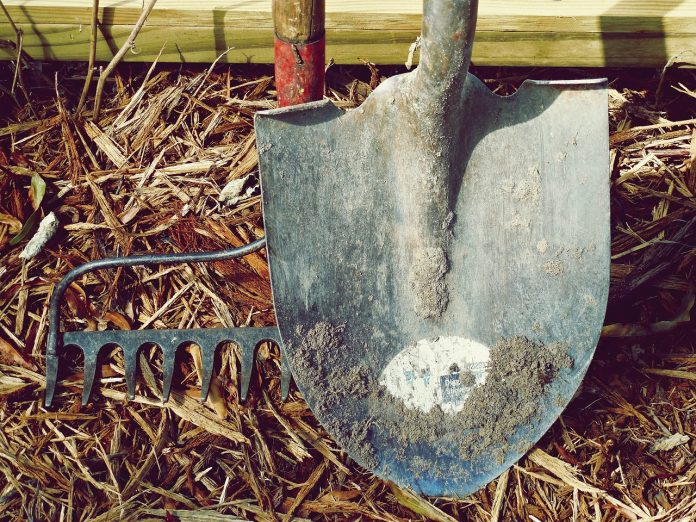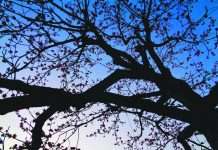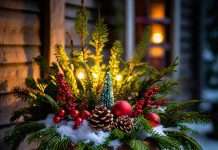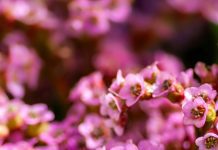
by Chris Koper, WHCA Green Committee
It has sure been a hot summer and over so fast! Think about joining the garden next year whether its gardening or volunteering! Want a preview of what we do? Look for the Build your own outdoor winter planter in December to take home!
Here is a yard and garden to do list for September:
- Order and plant fall bulbs so they can root before the ground freezes
- If the weather cools, pull up tomatoes before the first frost, hang them to ripen in a garage or basement; or wrap them in paper and store at 60-65 degrees F.
- After onion tops have fallen over, dig up and let bulbs cure on the surface approx. a week before storing. For garlic, after 2/3 of the plant has died, dig one up to see how it is doing. Do not leave in the ground too long—cloves will start to separate and dry up.
- Plant late-season vegetables (peas, kale, lettuce, arugula, spinach etc.)
- Harvest corn, potatoes, apples, cucumbers, tomatoes, squash, and strawberries before frost.
- When vegetable garden is finished, plant clover, alfalfa, or legumes as a cover crop. These can be plowed under in the spring for a natural fertilizer and soil conditioner.
- After harvesting, spread compost over the soil surface.
- Clean up leaves and plant debris to add to the compost pile.
- Treat any plants with powdery mildew.
- Early fall is the best time to sow wildflower seeds. Make sure your plants have time to germinate and establish themselves before the first frost. (Usually 8 weeks.)
- Move your houseplants indoors before the first frost. Do this when inside temperatures are similar to those outdoors. Wash the leaves with a diluted mixture of mild soap and water. This helps plants breathe and respond better to light. To eliminate any pests, treat with an insecticidal soap.
- Hold back on water and fertilizer on Christmas cacti until buds appear.
- Lift all tender bulbs and store till spring (Dahlias, etc.)
- Divide and/or transplant perennials; feed the roots with phosphorus source.
- Plant or transplant peonies in September
- Take advantage of the first half of September to ensure a strong, tough lawn in the future.
- Start with core aeration and dethatching; leave about ½” of thatch to decompose.
- If planting seed, or if your lawn is thin or weedy, sow seed before mid-month. Allow new shoots to grow through 2-3 mowings before applying regular-strength fertilizer or a “weed and feed” product.
- Fertilize with a 3-1-2 fertilizer to encourage top growth and winter hardiness.
- Clear out new planting beds and apply compost (or leaves and grass clippings) for spring planting.
- Attack those weeds! Commercial herbicides are more effective now, because weeds store up nutrients and absorb the herbicide.
- Check out our videos on how to safely target weeds and organic weed control using vinegar.
- Label your perennials and bulbs before they die back to the ground.
- Put out extra bird feeders to support migrating birds.
- Slugs are active in September—apply slug bait, diatomaceous earth, or other slug-control products during this time.
- In the fall, slugs lay clusters of eggs about the size of a small BB. Look under stones, boards, and around the edge of your lawn for these colorless eggs and destroy any you find.
We love to see the foot traffic in the West Hillhurst Community Gardens. It used to be just grass, and now there are so many interesting things to see that people now walk through the gardens instead of the building to get to their destination. If there is anyone working in the garden, thank them for their commitment and if you have any questions feel free to ask! Make sure not to litter while in the garden; we adults are trying to teach our children to be the future stewards of our environment.








